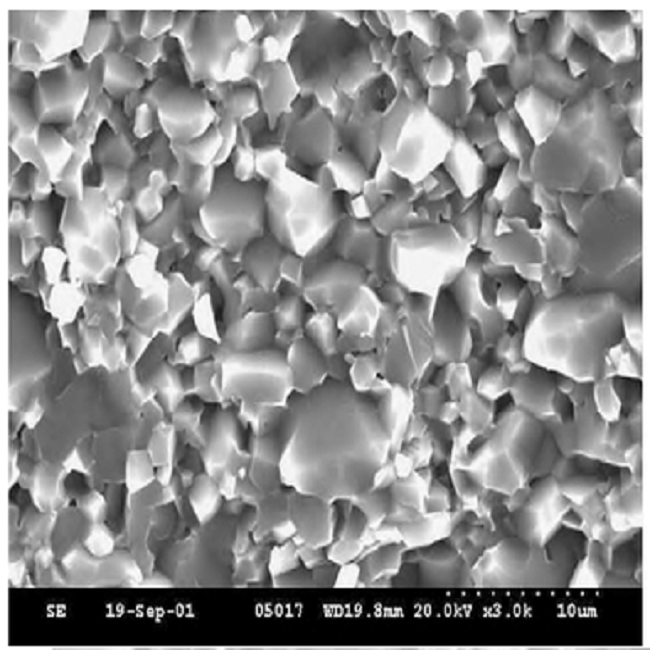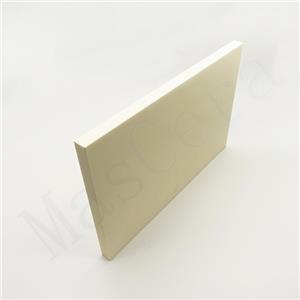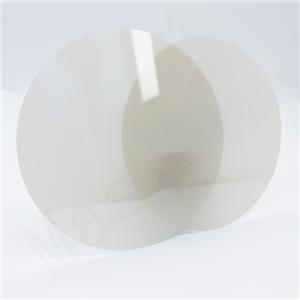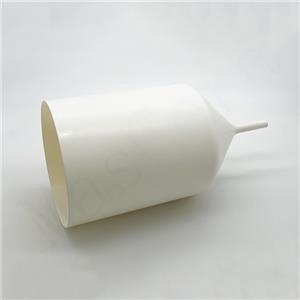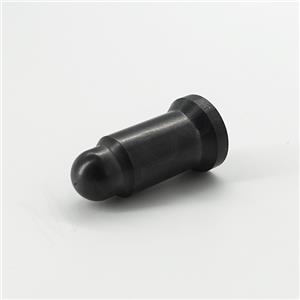News
Everything you need to know about alumina ceramic
Alumina ceramics is one of the most researched and widely used materials among technical ceramics.
13-07-2022-
Everything you need to know about alumina ceramic
Alumina ceramics is one of the most researched and widely used materials among technical ceramics.
13-07-2022 -
Silicon Carbide for Laser Processing Applications: Enhancing Laser Damage Resistance and Thermal Stability
Among advanced ceramics, Silicon Carbide (SiC) is emerging as a leading material. Its combination of high laser damage resistance, high thermal conductivity, and overall stability makes it exceptionally suitable for modern laser processing applications.
03-12-2025 -
Applications of Alumina Ceramics in LED Technology
Alumina ceramics provide the thermal stability, electrical insulation, mechanical strength, and cost balance needed for modern LED technology.
02-12-2025 -
Which Is Better for Ceramic Bearing Balls: Zirconia or Silicon Nitride
When selecting materials for ceramic bearing balls, zirconia (ZrO2) and silicon nitride (Si3N4) are the two most common choices. Both materials offer excellent hardness, corrosion resistance, and high-temperature performance, but they differ significantly in several technical aspects.
11-11-2025 -
What Do You Know About Metal Ceramic Heater (MCH)?
A metal ceramic heater (MCH) is a compact, high-efficiency heating element that embeds a resistive circuit inside a ceramic body—most commonly alumina (Al₂O₃) or silicon nitride (Si₃N₄).
28-08-2025
-
Expansion of Multi-Wire Sawing Technology and Production Capabilities for Precision Ceramics in Europe
At the start of 2025, KYOCERA Fineceramics Europe GmbH announced the establishment of a new facility in Erfurt, Germany, enhancing its existing multi-wire saw technology capabilities and production infrastructure.
21-01-2025 -
Indian Tech Firm to Invest 2.9 Billion RMB in Silicon Carbide Semiconductor Plant
On December 23, media outlets such as The Economic Times reported that Silectric Semiconductor, a subsidiary of Zoho Corporation, will establish Karnataka's first semiconductor manufacturing plant in India, dedicated to integrated production of silicon carbide.
31-12-2024 -
Development of Silicon Nitride for Advanced Chip Testing Applications
Recently, Kyocera announced the development of a new silicon nitride ceramic material for functional testing of next-generation microchips. This new material boasts enhanced thermal expansion properties and flexural strength, enabling the production of thin silicon nitride plates with extremely narrow spacing between contact probes, which is critical for testing next-generation microchips.
05-11-2024 -
60 Million Investment in the Construction of a Medical Implant Precision Ceramics Facility
Recently, KYOCERA held a groundbreaking ceremony for its fine ceramics factory for medical implants, located in Waiblingen, near Stuttgart, Germany. This facility will specialize in manufacturing high-quality ceramic heads used in hip prostheses and other implant applications. The project is expected to be completed by September next year.
14-10-2024 -
Construction Begins on Second Phase of World’s Largest High-Purity Alumina Plant
Recently, Alpha HPA, an Australian company, has commenced construction on the second phase of the world’s largest single-location ultra-high-purity alumina refinery.
13-09-2024 -
Silicon Carbide Ceramics Market for Semiconductors to Reach $1.578 Billion by 2030
According to data from QY Research, the global market size for silicon carbide (SiC) ceramics used in semiconductors was $1.111 billion in 2023. Driven by the rigid demand from downstream industries, it is projected that the silicon carbide ceramics market will grow to $1.578 billion by 2030, with a compound annual growth rate (CAGR) of 5.09% from 2024 to 2030.
09-08-2024
-
Notice for 2025 National Day holiday
25-09-2025 -
Notice for 2025 Labor Day holiday
21-04-2025 -
Notice for 2025 Spring Festival Holiday
15-01-2025 -
Notice for 2024 National Day holiday
30-09-2024 -
Notice for 2024 Labor Day holiday
21-04-2024

